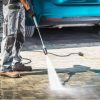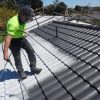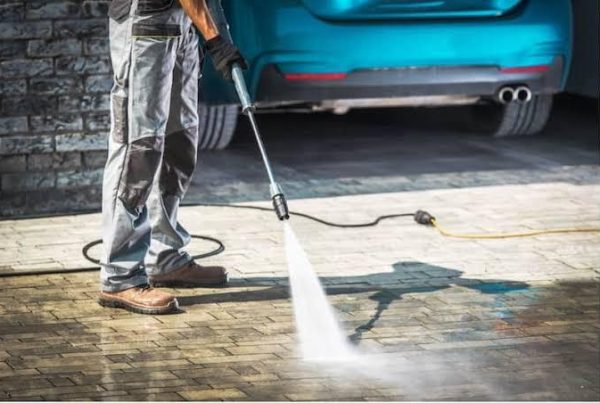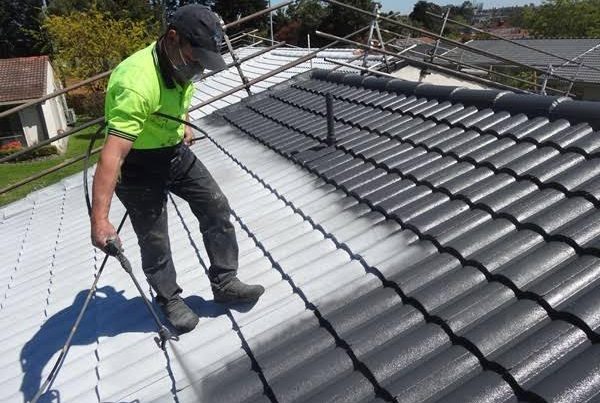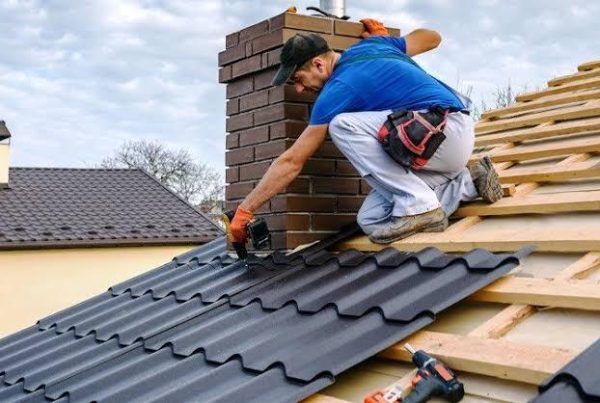In trying to live a comfortable life, homeowners try to find ways to optimize their property’s efficiency and prioritize cost-effective energy consumption. One major aspect of home maintenance that is easily overlooked but can impact energy significantly is the condition of the roof. While roof restoration may be regarded as more of an aesthetic or cosmetic move, it plays a crucial role in improving home energy efficiency.
Roofs serve as a protective barrier between the home’s interior and the external environment. However, the roof may suffer damage due to exposure to weather elements like sunlight, rain, wind, and temperature changes, leading to issues like leaks, cracks and degraded insulation. These problems endanger the structural integrity of the roof and also contribute to energy loss and increased utility bills.
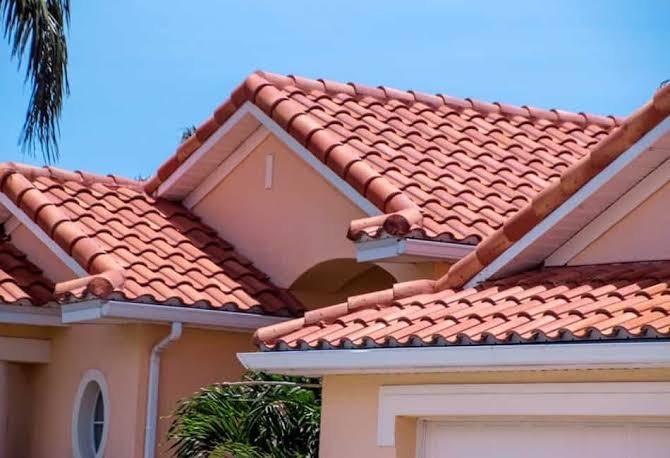
This article will explain ways by which roof restoration can improve home energy efficiency and how replacement roof tiles can help achieve this. Continue reading to learn more:
How roof restoration can improve home energy efficiency
- Improve Insulation
One of the primary ways roof restoration enhances home energy efficiency is by improving insulation. A well-insulated roof prevents heat transfer between the interior and exterior of the house.
During hot summers, effective insulation keeps the inside of the home cool by blocking heat from penetrating the roof and entering the living spaces. Also, in colder months, proper insulation helps retain indoor heat, reducing the need for excessive heating.
By restoring or upgrading insulation materials, homeowners can create a more energy-efficient environment, leading to lower heating and cooling costs throughout the year.
- Improves Aesthetics and Prevents Leaks
Roof restoration often involves repairing or replacing damaged shingles, tiles, or roofing materials. This not only enhances the aesthetic appeal of the home but also prevents air leaks and water infiltration. Sealing gaps and cracks in the roof’s structure helps maintain a consistent indoor temperature, reducing the workload on heating and cooling systems.
As a result, homeowners can experience more comfort levels and reduced energy consumption, leading to long-term savings.
- Application of Reflective Coating or Materials
Another aspect of roof restoration that contributes to energy efficiency is the application of reflective coatings or materials. Reflective roofing materials, such as white coatings or light-coloured tiles, can reflect a significant portion of the sun’s radiation, reducing heat absorption and keeping the roof surface cooler.
This, in turn, helps lower indoor temperatures, especially during hot summer months, and decreases the need for air conditioning. By reducing heat gain through the roof, reflective coatings can contribute to significant energy savings and prolong the lifespan of the roofing materials.
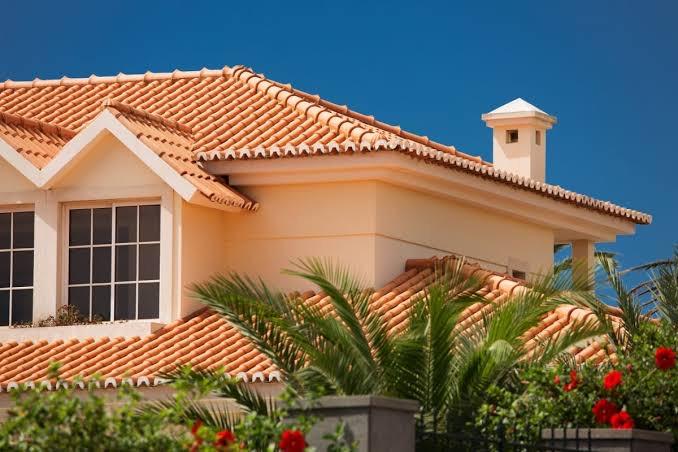
Conclusion
Roof restoration plays an important role in improving home energy efficiency. By addressing issues such as insulation, air leaks, and heat absorption, homeowners can create a more sustainable and comfortable living environment while reducing energy costs.
Investing in roof restoration not only improves the structural integrity and aesthetic appeal of the home but also offers long-term financial benefits and contributes to environmental conservation.
Therefore, a roof restoration is a sure-proven way for homeowners looking to optimize their energy usage. It is a valuable investment with significant returns. To make this possible, working with the best roof restoration Melbourne company is inevitable.

